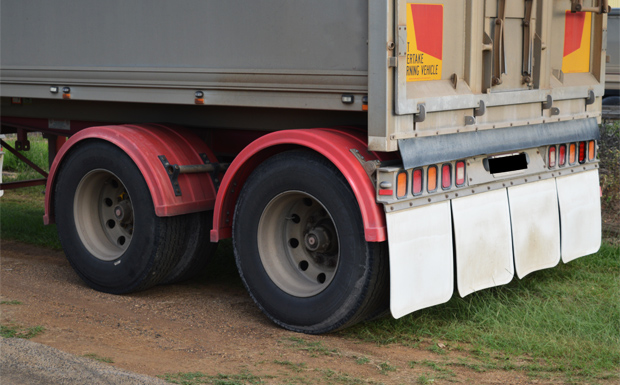
September 3, 2021
A surge in rural land values – driven by low interest rates, strong commodity prices, farm consolidation and fewer farms for sale – is causing nervousness in the industry, according to the latest ANZ Agri Report.
The bank says that over the past five years, rural land value growth has outperformed national residential property value growth by an average of 3 per cent per year.
“Rural land values have been growing strongly for a number of years, including throughout the recent drought, and while this has been a boom for farmers, there is some nervousness about what this could mean for the industry,” ANZ Head of Agribusiness Mark Bennett said.
“Sustained, stellar growth in rural property prices is boosting farmers’ balance sheets and prompting many farmers to expand their operations in light of the low-interest rate environment, however this also appears to be attracting investment from outside the traditional farm buyers.
“Additional demand is growing from investors and international buyers who are seeing value in rural property, city dwellers looking to purchase their piece of regional lifestyle, and investors looking for environmental driven outcomes.”
The report outlined that rural land values historically have closely tracked commodity prices, with droughts and commodity price slumps translating to lower property values.
Over the past 12 months, farmers have benefited from strong commodity prices and good seasonal conditions, and as a result not many are looking to sell – leading some in the industry to believe the surge in land values is being driven by a lack of properties being offered for sale.
“Rural land values – and land values across all sectors – are driven primarily by supply and demand, as well as the cost and availability of debt and capital. So we currently have high demand, low supply and interest rates at historically low levels,” Mr Bennett said.
“The drive for the industry to reach $100 billion in output by 2030 will also continue to impact property prices, and reaching that target could see an almost 30 per cent increase in rural land values by 2030.
“With the gap between the value of farm production and overall rural property values continuing to grow, farmers and investors need to consider the potential implications longer term as well as what it could mean for Australia’s overall agricultural output, noting that seasonal conditions will come and go over time, as will commodity prices.”























